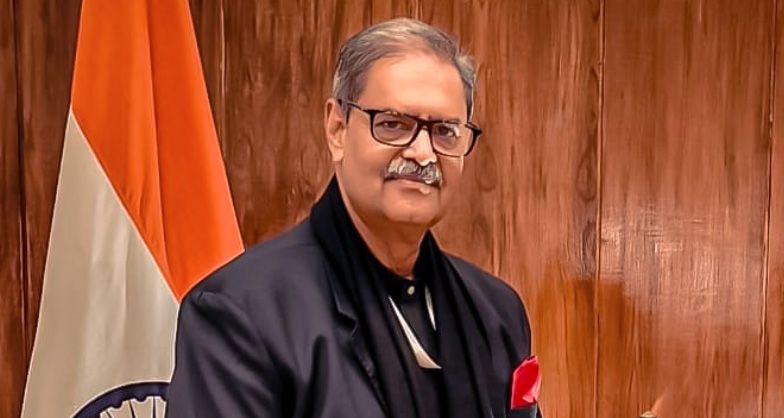Bhubaneswar: Odisha is moving closer to its ambitious goal of generating 1,000 MW of clean energy through floating solar projects, with an inter-departmental committee actively identifying suitable sites on major reservoirs across the state.
Kanak Vardhan Singh Deo, Deputy Chief Minister has said in his X platform that “Odisha is forging ahead towards a sustainable future with a visionary initiative to harness 1,000 MW of clean energy through floating solar projects across key reservoirs. An inter-departmental committee is meticulously finalizing GIS maps of Hirakud, Rengali, and Upper Indravati, while actively exploring viable sites at Upper Kolab and Balimela to ensure seamless execution. This transformative project not only reinforces Odisha’s commitment to clean energy but also optimizes water resource utilization, strengthens energy security, and accelerates our green economy. As we drive this forward, Odisha continues to lead by example in embracing sustainable development.”
Officials report that the committee is in the process of finalizing GIS maps for Hirakud, Rengali, and Upper Indravati reservoirs, while also exploring viable locations in Upper Kolab and Balimela to ensure timely and effective project execution.
The State Energy Department highlighted the initiative on X, stating, “This initiative not only strengthens #Odisha’s clean energy mission but also promotes sustainable use of water resources, boosts the green economy, and supports energy security.”
This effort follows a previous engagement where consultants conducted feasibility studies on approximately 51 medium reservoirs. Odisha has set a broader target of achieving 10 gigawatts (GW) of renewable energy capacity by 2030, with about 7.5 GW planned to come from solar energy.
All floating solar projects are slated for development under a Build-Own-Operate (BOO) model. Sites will be awarded for a 30-year period, encompassing development, construction, Power Purchase Agreement (PPA), and decommissioning, with a potential extension of up to five additional years, subject to prevailing rules and government approval.
The Odisha Industrial Policy Resolution 2022 provides incentives for setting up Floating Solar PV Projects, allowing private entities to benefit from these provisions.
Installation of the floating solar panels will adhere strictly to the “Inspection and Maintenance of Dams and Appurtenant Structures guidelines.” Panels will be positioned at a minimum distance of 10H or 100 meters, whichever is greater, from the upstream toe of the dam, where ‘H’ denotes the maximum height of the dam from its deepest point.
Energy evacuation arrangements and other ancillary setups will be installed at a distance of 10H or 200 meters, whichever is greater, beyond the dam’s toe. All proposals will also comply with other provisions of the Dam Safety Act 2021.
Developers must ensure that the stability of the reservoir rim remains uncompromised during the installation of panels and associated equipment. Design of the FSPV plants will account for water level fluctuations, velocity, and wave action within the reservoir.
Furthermore, the proposed water surface area for these projects will be consistent with any designated go/no-go/restricted areas, allocated/demarcated/reserved areas for other purposes such as fishery or tourism, and other safety and technical requirements.


